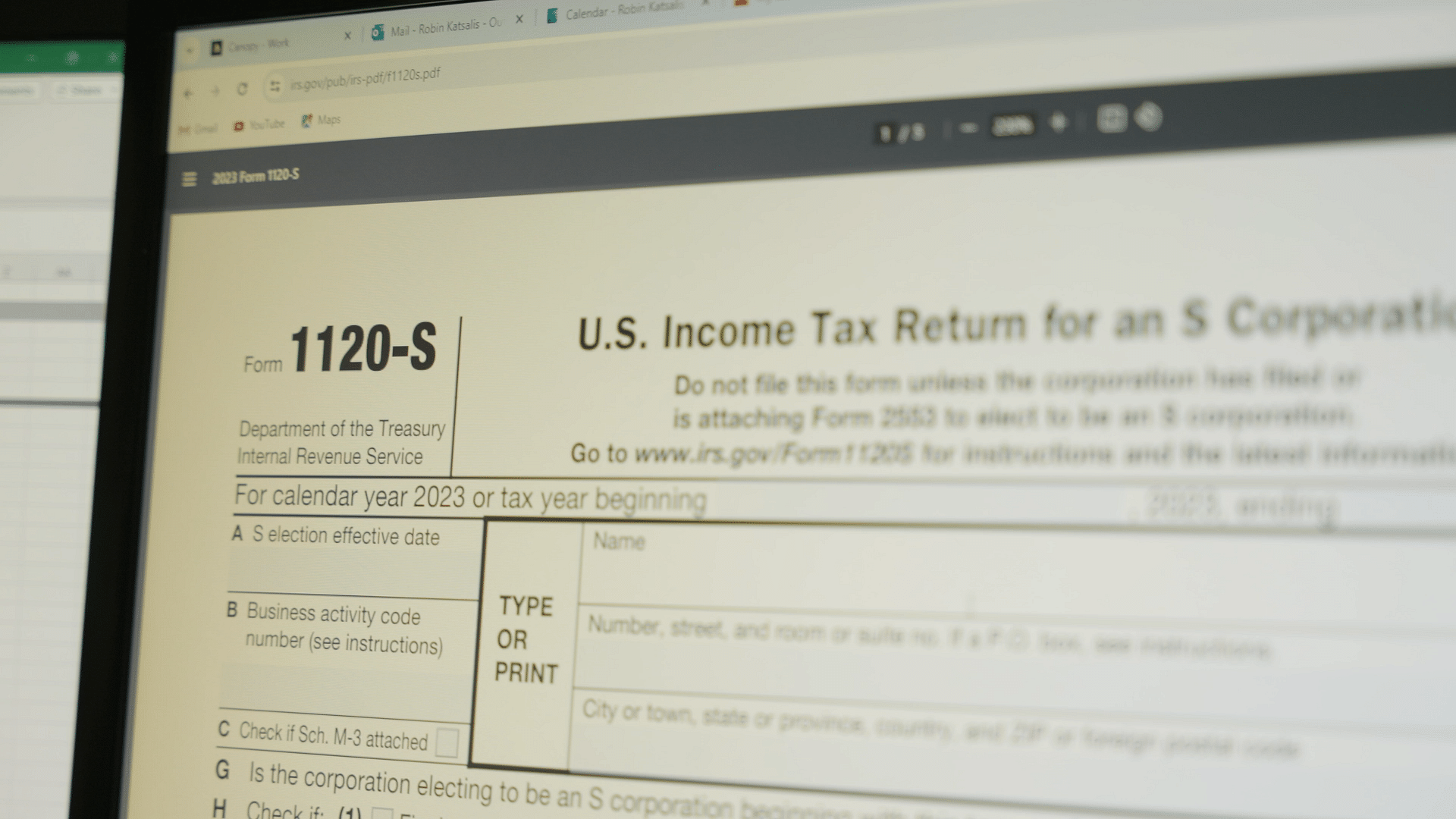
Best Retirement Plan for Business Owners
Jun 14th, 2017
Business owners, especially those born between 1946 and 1966, are at a higher risk of not saving for retirement. In fact, the 2016 Retirement Preparedness of the Boomer Generation by the Insured Retirement Institute showed that "American's today are less prepared and less confident about their prospects for a comfortable retirement than ever before." The issue isn't a lack of wanting a retirement savings, for everyone wants a secure future, rather it's more about how to parse limited available dollars to start and maintain a retirement savings. More important is the critical need to change the entrepreneurial mindset from the sale of the business as the retirement nest egg to actively saving now. Selling the business is a dangerous plan as market volatility can shift quickly and at all the wrong times. What if there's another recession or an industry shift inhibiting a profitable sale of the business? Often the contingency plan is to 'delay retirement' which brings its own set of issues related the owner's health, quality of life and business sustainability.
One way employers can build confidence in their futures is to establish a business retirement plan for themselves and their employees using one of four available small business retirement plan options:
- SEP IRA
- SIMPLE IRA
- Solo 401(k)
- SIMPLE 401(k)
Which retirement savings plan is best for you and your business?
SEP Plans - Simplified Employee Pension (SEP) plans are a tax-deductible retirement plan and are a good choice if you are the company's only employee. Employers typically set up an Individual Retirement Account (IRA) or annuity for each plan participant. You can contribute up to 25 percent of your compensation, up to $53,000. If you have employees, you will also need to fund SEP-IRAs for them as well.
SIMPLE Plans - If your business has 100 or less employees who received at least $5,000 in compensation last year, a SIMPLE IRA plan may be a good business fit. Under the SIMPLE plan, employees can choose to make salary reduction contributions rather than receiving these amounts as part of their pay. As the employer, you will make matching or non-elective contributions to the plan as well. Two types of SIMPLE plans are the SIMPLE IRA and SIMPLE 401(k).
Qualified / Defined Benefit Plans - These plans involve a more complicated set of rules than the SEP and SIMPLE plan rules. Defined-Benefit Plans have employees' retirement benefits pre-determined by their compensation, years of service and age. For example, the plan may specifically outline that an employee will receive $100 per month at retirement or provide a graduated retirement benefit based on the employee's last five years of employment wages.
Qualified plans have an adoption agreement and basic plan document which outline how the plan must operate. The employer formally accepts the plan by passing a resolution, completes the adoption agreement, and notifies the employees with a summary plan description (SPD). Note that defined-benefit plans are becoming increasingly rare. If you have a third party administrator (TPA) handling your 401(k), they should provide the SPD and many of the administrative requirements of the plan.
Qualified / Defined Benefit Plan advantages:
- Increase contribution amounts
- Increased deduction limits
- Increased flexibility in plan designs
Contributions to qualified and defined benefit plans must be paid in quarterly installments, due 15 days after the end of each quarter.
Solo 401(k) plans - Only available to self-employed individuals without any employees the Solo 401(k) plan can be a good option for sole proprietorships The IRS allows a contribution, pre-tax up to 25% of your compensation pus an employee's contribution of up to $18,000 (or $24,000 if you're 50 or older). Total contributions cannot exceed $53,000.
SIMPLE 401(k) -A group retirement plan available for businesses with 100 or fewer employees, the SIMPLE 401(k) is a versatile savings program. The nice feature of this plan is that employees can borrow against the money in the account and make penalty-free withdrawals due to financial hardship. Just remember that any 'borrowed' amounts must be repaid or penalties will be enforced. Maximum contribution amounts for 2017 are $12,500 and $15,500 for people age 50 and older.
The limit on elective deferrals, other than catch-up contributions is $18,000. The limits apply for participants in SARSEPs, 401(k) plans (excluding SIMPLE plans), section 403(B) and section 457(b) plans.
A Few More Details
The defined contribution limit, other than for catch-up contributions is $54,000 for 2017. The catch-up contribution maximum for 2017 is $6,000 and $3,000 for SIMPLE plans. Additionally, the catch-up contribution cannot exceed the lesser of the catch-up contribution limit, or the excess of the participant's compensation over the elective deferrals that are not catch-up contributions.
There are tax credits for starting a new plan, too. The credit equals 50 percent of the cost to set up and administer the plan and educate employees about the plan up to a maximum of $500 per year for each of the first three years of the plan. To take the credit, use Form 8881, Credit for Small Employer Pension Plan Startup Costs. Retirement savings contributions credit is also available for those employers, including self-employed individuals, who make contributions to their plan. Maximum contribution eligible for the credit is $2,000. To take this credit, use Form 8880, Credit for Qualified Retirement Savings Contributions.
From sole proprietors to small business owners with less than 100 employees, there's a retirement plan that can fit your needs and your budget. The important message is to start a plan, continue to invest and build the retirement you envision.
If you found this article useful, please do not keep this a secret. Share it with a friend.
Copyright 2017 by Steven A Feinberg (@CPAsteve) of Appletree Business Services LLC, a PASBA member accountant, located in Londonderry, New Hampshire.


Let’s Help Eliminate Your Stress
If you choose Appletree Business Services for your bookkeeping, payroll or tax needs, you’ll find that good things begin to happen in your business. Your common financial challenges will become simple with a clear map to create your ideal situation. More than that, we’ll identify your “typical” stresses and help make them go away.